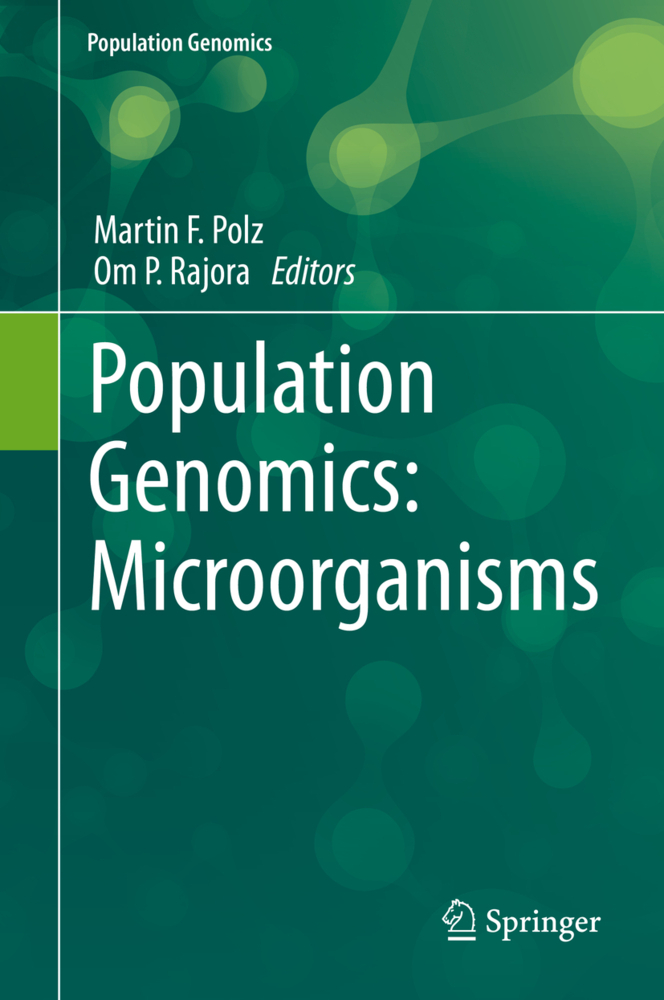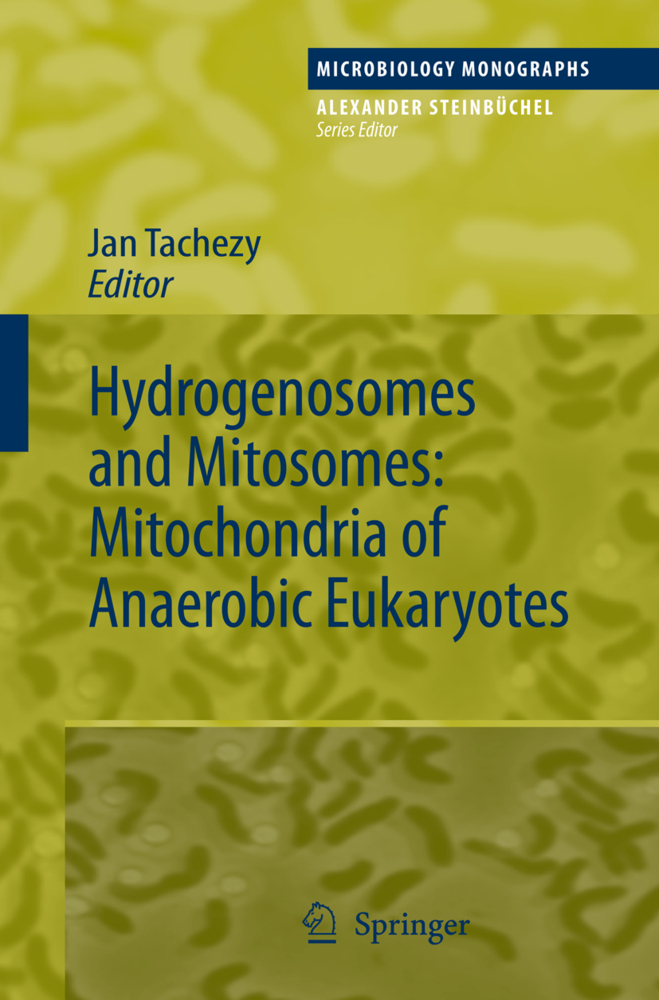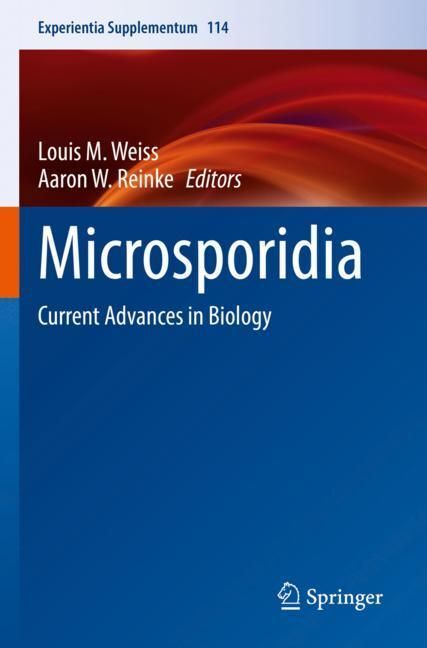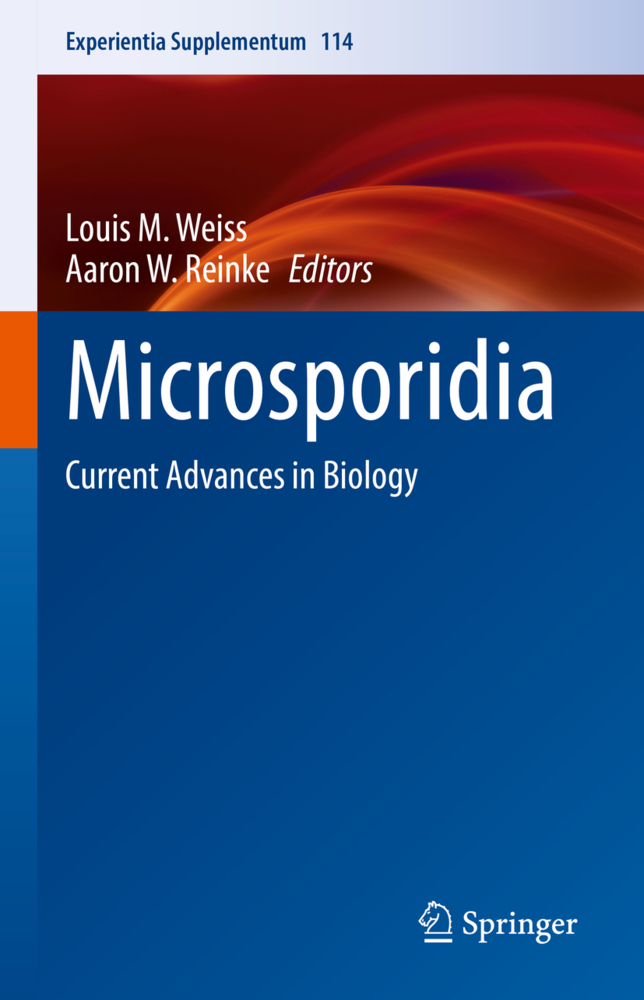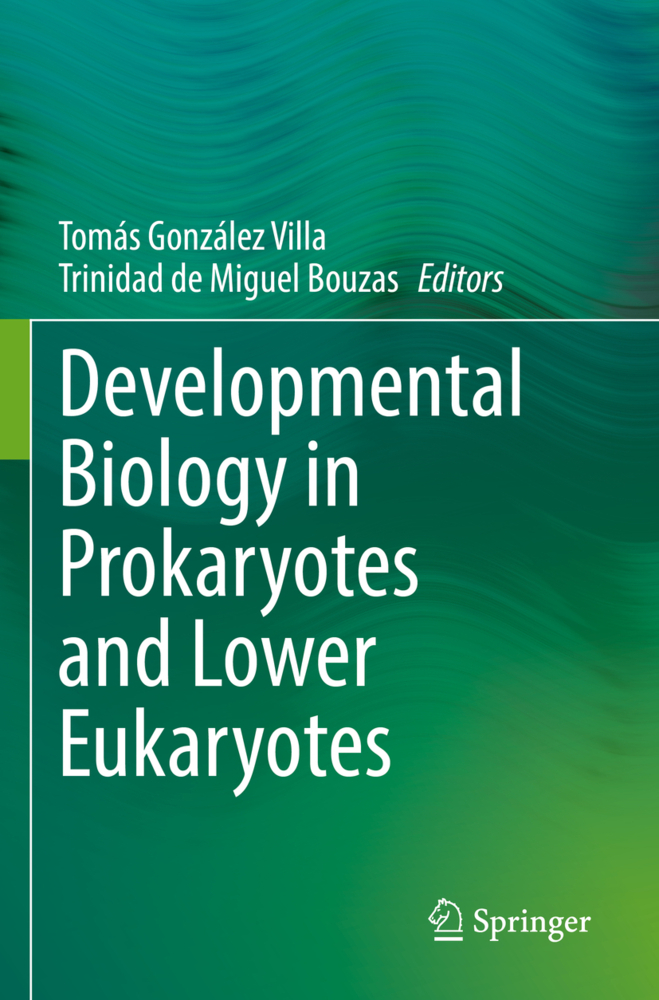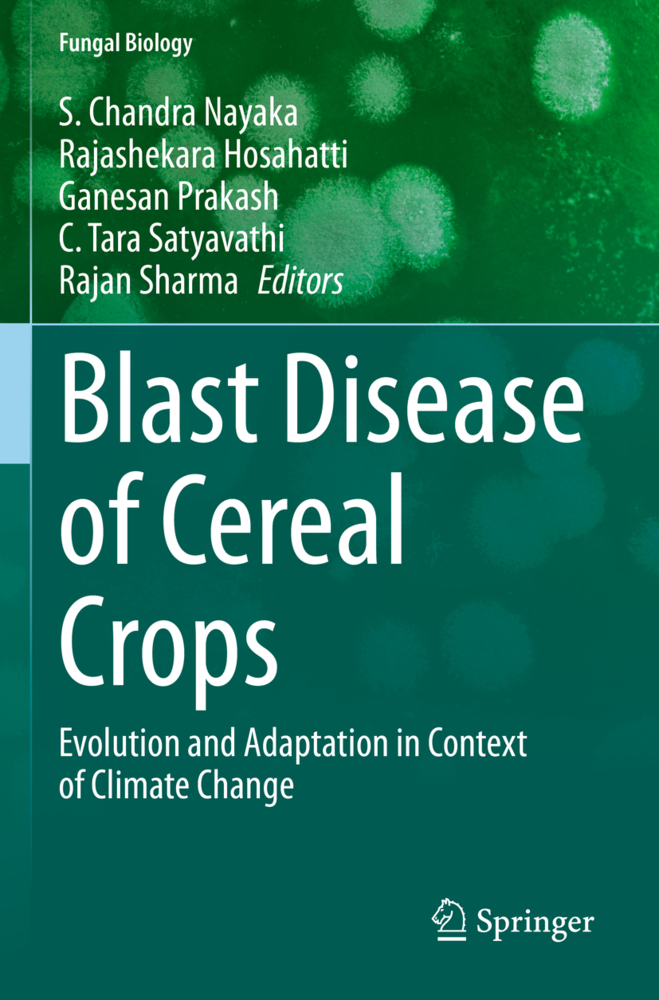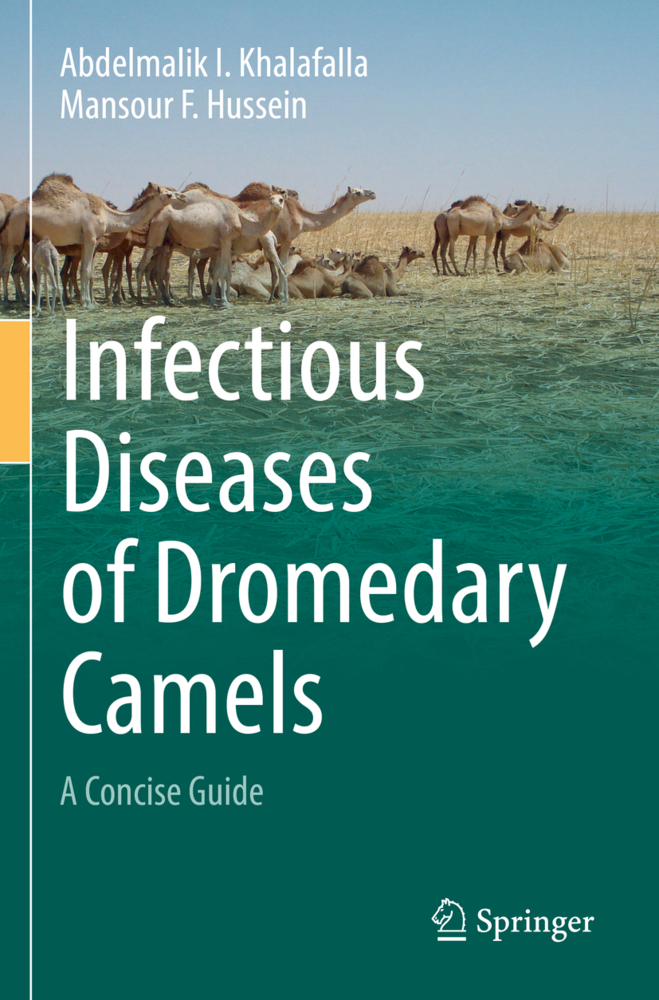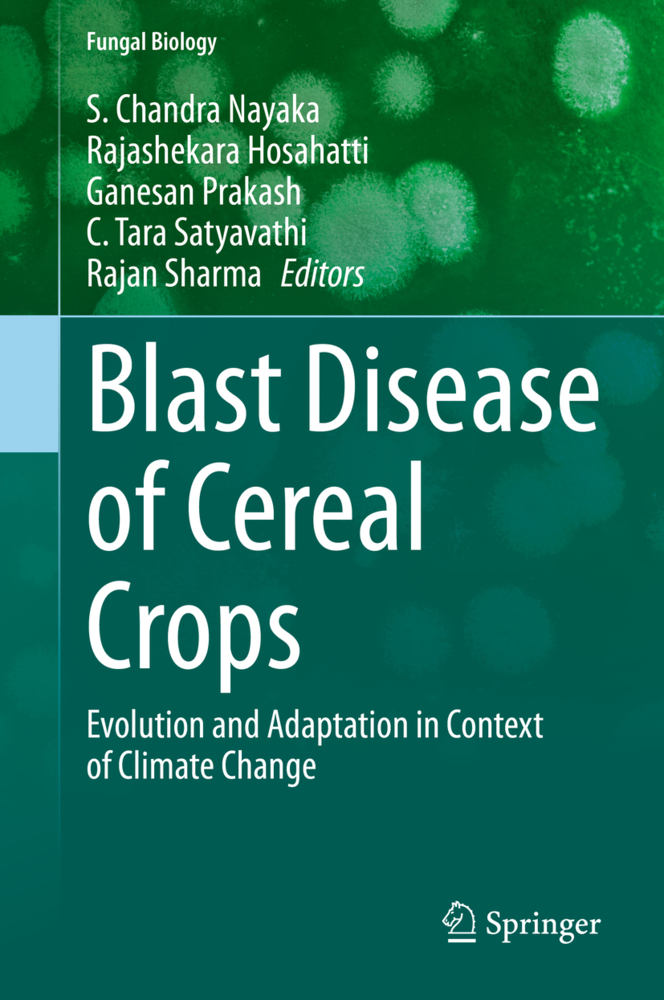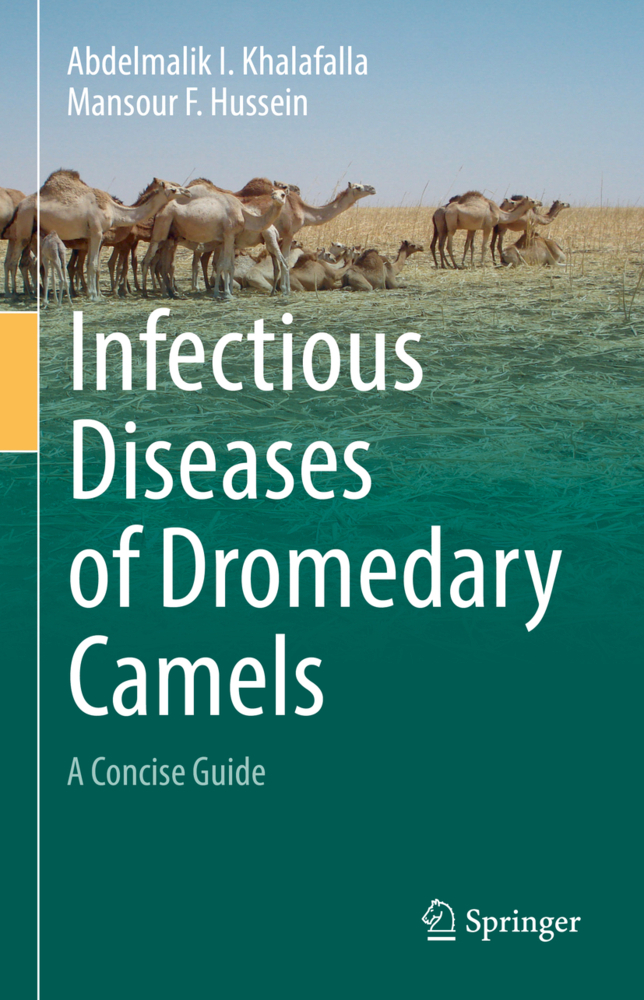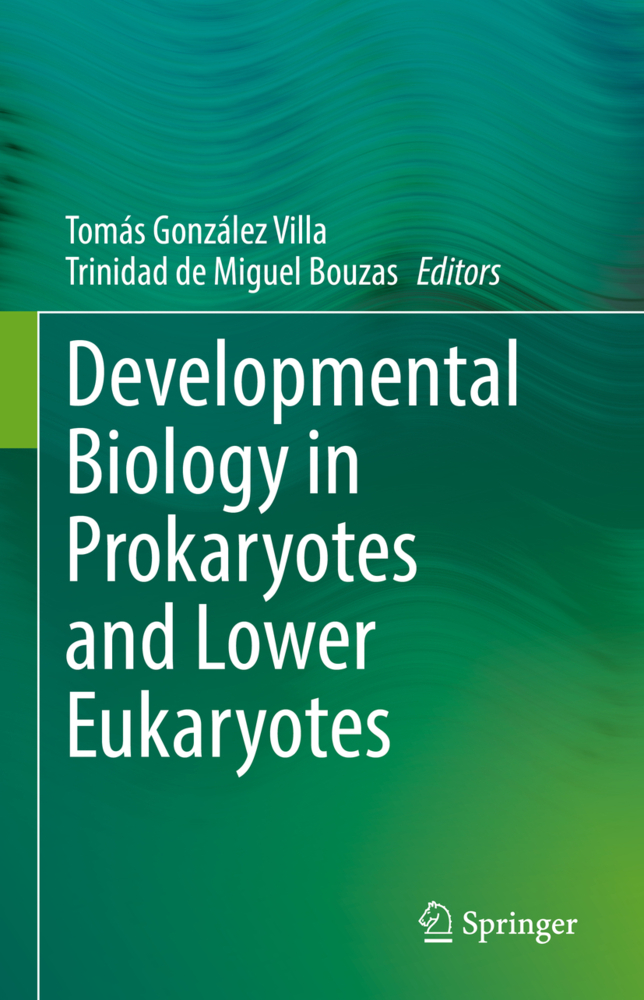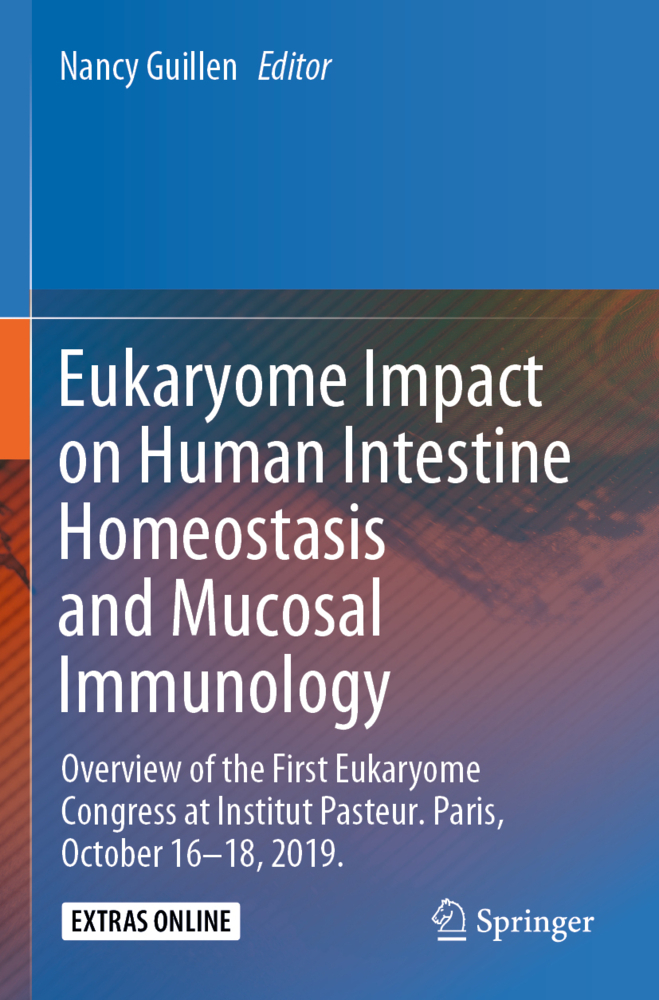Population Genomics: Microorganisms
Population genomics is a rapidly emerging field that has the potential to transform our understanding of how evolutionary forces shape genomic diversity among microbes. There have already been considerable advances in understanding gene flow and spread of adaptive traits, and in linking epidemiology with evolutionary biology. The current challenge is to find unifying evolutionary principles for organisms that display a wide range of reproductive biology - from highly clonal to promiscuous - and for which the vast majority have eluded cultivation. This requires interdisciplinary approaches that incorporate novel computational tools, testing of existing and novel population genetic models, and creative new ways of linking genetic diversity to ecological factors. This pioneering book will discuss the advances made and promises of population genomics in microorganisms, outlining some of the key theoretical and practical challenges for microbial population genomics, including defining and identifying populations, genomics-based reverse ecology and building appropriate tools to understand microbes in a variety of complex environments.
Chapter2. What Microbial Population Genomics has taught us about Speciation
Chapter3. Peering into the genetic makeup of natural microbial populations using metagenomics
Chapter4. A reverse ecology framework for bacteria and archaea
Part2. Population genomics of bacteria and archaea
Chapter5. What is a Pseudomonas syringae Population?
Chapter6. An introductory narrative to the population genomics of pathogenic bacteria, exemplified by Neisseria meningitidis
Chapter7. Population genomics of archaea: Signatures of archaeal biology from natural populations
Part3. Population genomics of fungi
Chapter8. Advances in Genomics of Human Fungal Pathogens
Chapter9. Yeast population genomics goes wild: The case of Saccharomyces paradoxus
Part4. Population genomics of viruses
Chapter10. Population genomics of plant viruses
Chapter11. Population genomics of human viruses
Chapter12. Population genomics of bacteriophages.
Part 1. Concepts and Approaches
Chapter1. Computational Methods in Microbial Population GenomicsChapter2. What Microbial Population Genomics has taught us about Speciation
Chapter3. Peering into the genetic makeup of natural microbial populations using metagenomics
Chapter4. A reverse ecology framework for bacteria and archaea
Part2. Population genomics of bacteria and archaea
Chapter5. What is a Pseudomonas syringae Population?
Chapter6. An introductory narrative to the population genomics of pathogenic bacteria, exemplified by Neisseria meningitidis
Chapter7. Population genomics of archaea: Signatures of archaeal biology from natural populations
Part3. Population genomics of fungi
Chapter8. Advances in Genomics of Human Fungal Pathogens
Chapter9. Yeast population genomics goes wild: The case of Saccharomyces paradoxus
Part4. Population genomics of viruses
Chapter10. Population genomics of plant viruses
Chapter11. Population genomics of human viruses
Chapter12. Population genomics of bacteriophages.
| ISBN | 978-3-030-04755-9 |
|---|---|
| Medientyp | Buch |
| Copyrightjahr | 2019 |
| Verlag | Springer, Berlin |
| Umfang | XIII, 344 Seiten |
| Sprache | Englisch |

